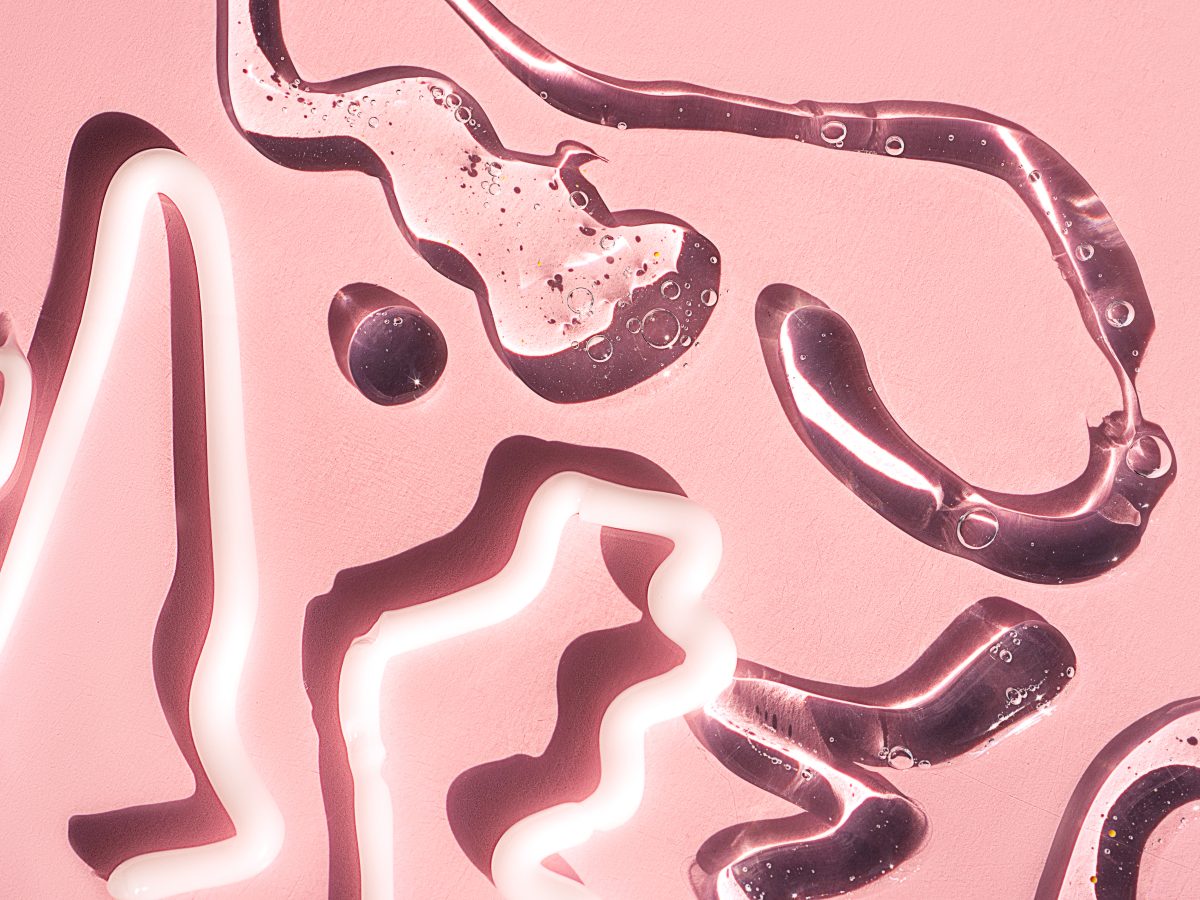
In 2023, snail mucin—a skin-replenishing ingredient derived from snail secretion—experienced a viral surge on TikTok, largely fueled by user reviews and demonstrations of the COSRX Advanced Snail 96 Mucin Power Essence. The product’s popularity sparked a remarkable 297% increase in sales, signaling a broader embrace of K-beauty staples in Western skincare routines. Though the concept may seem novel to U.S. consumers, snail mucin has long been a hero ingredient in Korean skincare formulations. It contains a potent blend of enzymes, hyaluronic acid, glycoproteins, peptides, and antioxidants that support hydration, collagen production, and skin repair.
K-beauty (short for Korean beauty) began gaining serious traction in the West around 2011, but it has been deeply embedded in South Korean culture for centuries, with roots tracing back to the Three Kingdoms period (circa 57 BCE). Its emphasis on skin health, prevention, and hydration—rather than aggressive correction—makes it fundamentally different from many Western approaches. By 2035, the K-beauty market is projected to reach $20.4 billion in the U.S. alone, reflecting its growing influence on global beauty standards.
The category’s U.S. introduction was led by products like Dr. Jart+’s BB Creams, which blend niacinamide, glycerin, SPF, and light coverage to bridge skincare and makeup. At the heart of K-beauty is a holistic philosophy: caring for the skin barrier, using gentle exfoliation, and layering hydrating ingredients like snail mucin and hyaluronic acid. The ultimate goal? Achieving “glass skin”—a radiant, smooth, and deeply hydrated complexion. Beyond performance, many K-beauty products are also praised for their affordability and accessibility, thanks in part to lower manufacturing costs. However, those costs could shift due to changes in trade policy, including tariffs imposed during the Trump administration.
K-beauty hasn’t just changed the industry—it’s changed my skin.
Since childhood, I’ve struggled with acne-prone, combination skin. Despite countless efforts—including multistep systems and dermatologist-prescribed medications—results were often short-lived. My skin would flare up again as soon as I paused a regimen or ran out of product. My mother, blessed with clear skin and only the occasional blemish, searched tirelessly for solutions that might help me achieve the same balance. But nothing worked long-term.
Hormonal fluctuations and stress-related breakouts made things worse. After stressful events, I could count on new blemishes popping up overnight. I spent years scouring the internet, religiously making Ulta runs, and trying to fix what felt like an impossible problem. Eventually, my love for beauty—and, admittedly, my very online lifestyle—led me back to K-beauty.
The renewed buzz around snail mucin sparked my interest, and I decided to overhaul my routine. I replaced my haphazard collection of products with a consistent regimen centered on Korean skincare, particularly the Peach Slices line. While I still experience occasional breakouts, my skin has never looked or felt healthier. K-beauty hasn’t just improved my complexion—it’s given me a more sustainable, less stressful approach to skincare.